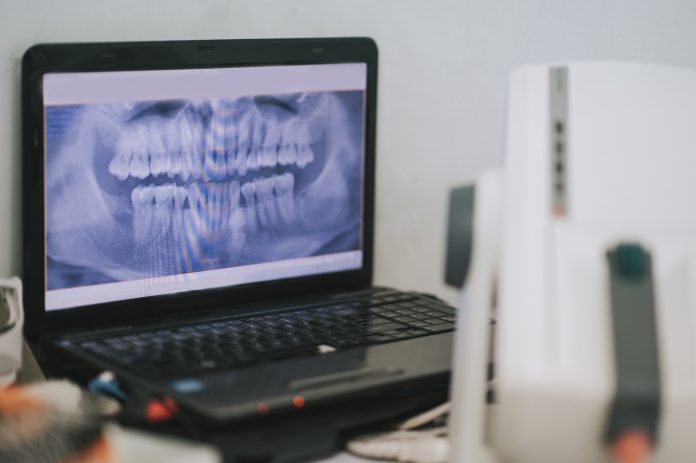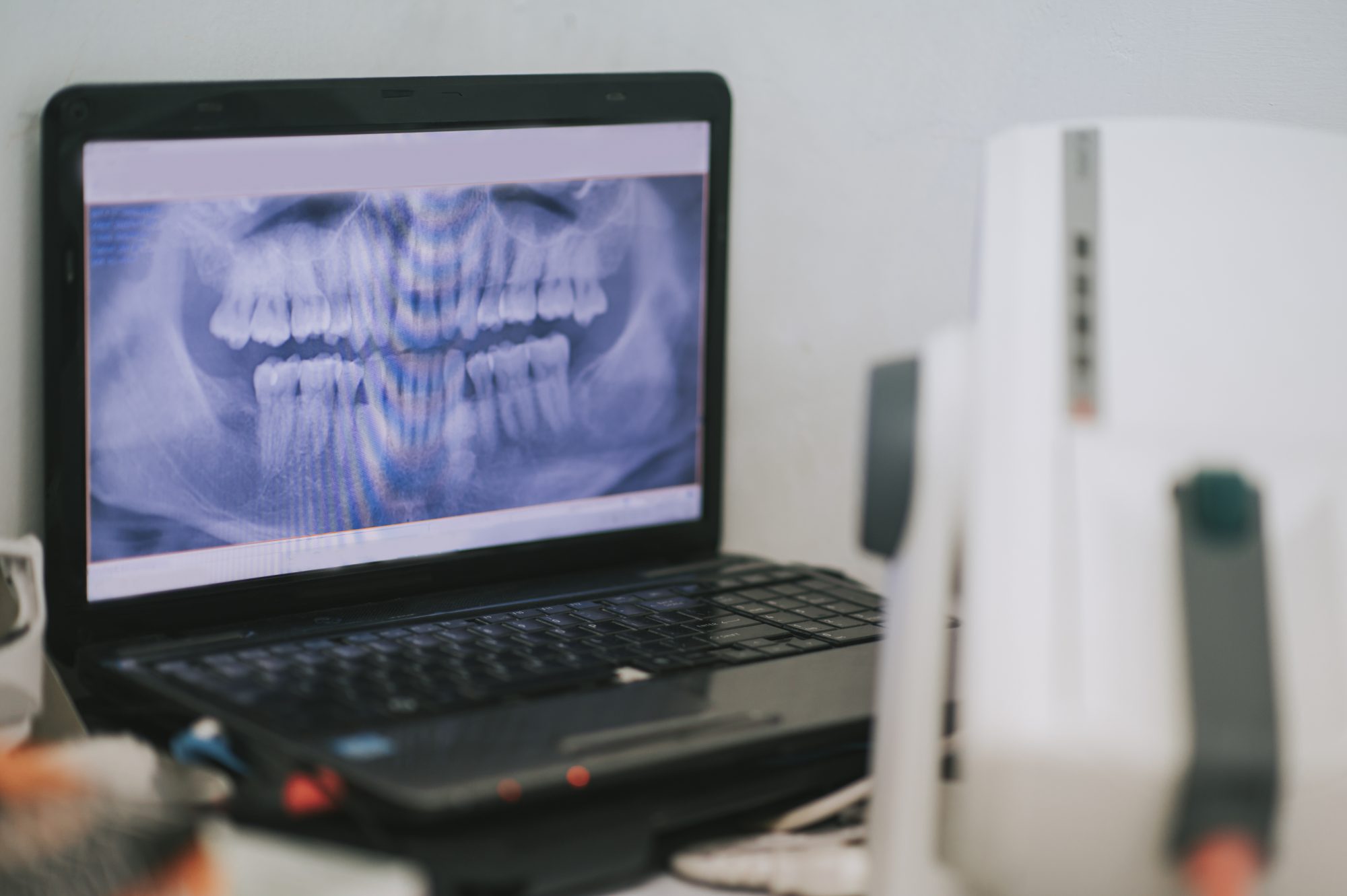
Georgios Tsakos, Dympna Kavanagh, and Nigel Carter, argue that now is the time for public health action towards better oral health in Europe
Oral diseases are public health problems and considerably impact general health and well-being in all ages across the course of life. As such, the World Health Organization (WHO) has recently adopted a global strategy for oral health.(1) This is a global initiative, and Europe must take the lead to drive the agenda forward. It is time for action to improve oral health and address health inequalities, which should be reflected in the EU’s public health priorities.
Oral diseases are among the most common non-communicable diseases (NCDs), affecting around 3.5 billion people worldwide (2) according to the WHO – which amounts to almost half of the world’s population.(3) The number of people suffering from untreated oral diseases globally is about 1 billion higher than those suffering from all five main non-communicable diseases (mental disorders, cardiovascular disease, diabetes mellitus, chronic respiratory diseases and cancers) combined.(1) Dental caries is the most prevalent NCD globally, chronic severe periodontitis (gum disease) is the 6th most prevalent NCD, excessive loss of natural teeth is also common among older adults, and oral and lip cancers are common, particularly among men.
The burden of oral conditions
Moreover, oral conditions have a considerable burden on individuals and societies. Across the EU, €90 billion was spent on treating oral conditions, an estimate higher than that for dementia and respiratory diseases and on par with the expenditure for cancer.(4) The real impact on the economy and society goes much further than merely the cost of treatment. It includes aspects such as time off work and productivity loss, children being absent from school and achieving worse educational outcomes.(5)
There is also abundant research evidence documenting the negative impact of oral conditions on the quality of life of individuals and their families. A healthy mouth is essential for eating, speaking, communicating, self- confidence and well-being and forms an integral part of good health and function throughout life. Indeed, oral diseases exert a considerable burden on quality-adjusted life expectancy; therefore, improvements in people’s dental health may yield substantial gains in population health and well-being. (6)
Like all other NCDs, oral diseases are socially patterned, and there are excessive inequalities in oral health. The lower socioeconomic and more vulnerable groups in European societies face a disproportionately higher burden of oral diseases and their consequences.(7) Despite all that, oral health tends to be largely ignored in the EU health policy debate. This is difficult to justify, particularly if one considers that oral diseases are both preventable and treatable.
Associations between oral & general health
With an ever-increasing wealth of evidence on the associations between oral and general health, (8) the mouth cannot continue to be considered in isolation from the rest of the body. For example, periodontal (gum) diseases are associated with diabetes, while the retention of natural teeth is associated with better health and function in older ages. Oral diseases also share risk factors common to major NCDs, including alcohol, tobacco, and sugar consumption. (9) For instance, smoking raises the risk of oral cancer and heart disease, stroke, chronic lung disease, and type 2 diabetes, while sugar is a key risk factor for diabetes, obesity, and dental caries. The oral health workforce is well placed to promote prevention and cessation practices on these risk factors. However, most health systems have yet to fully integrate oral health professionals into health promotion and preventive strategies on common risk factors for NCDs in Europe.
Addressing these common risk factors in many ways holds the key to achieving good health for all citizens. This primarily requires an emphasis on promoting health and reducing inequalities by public health action on the broader determinants of health.(10) Relevant policies and incentives such as sugar taxes (11) and alcohol labelling (12) have yielded positive results in countries where they have been implemented. Investing in good oral health will have important trickle-down effects on general health.
The recent landmark WHO Global Strategy on Oral Health, adopted at the 75th World Health Assembly in May 2022, represents an acknowledgement of the significant burden oral diseases pose on the global population. The accompanying WHO Action Plan for 2023-2030 suggests a number of actions to address this burden, including the provision of essential oral healthcare services as part of universal health coverage.
Addressing oral health inequalities
It is time for action to improve oral health and address oral health inequalities, and Europe must take the lead in this effort. A strong public health focus in relation to oral health should be reflected in the EU’s health priorities. Focusing on health promotion, reducing health inequalities and including oral health in universal health coverage will lead to healthier EU citizens and reduce overall healthcare expenditure. The Platform for Better Oral Health in Europe* remains committed to its mission to secure European action on oral health and support the European Union and WHO Regional Office for Europe in implementing the WHO’s Global Strategy on Oral Health.
* The Platform for Better Oral Health in Europe is a joint initiative of the key European organisations involved in oral health, including the Association for Dental Education in Europe (ADEE), the Council of European Chief Dental Officers (CECDO), the European Association of Dental Public Health (EADPH), the Oral Health Foundation and the Pan-European Region of the International Association for Dental Research (PER-IADR) as well as 20 Associate Members.
References
- https://www.who.int/news-room/feature-stories/detail/landmark-global- strategy-on-oral-health-adopted-at-world-health-assembly-75
- Global oral health status report: towards universal health coverage for oral health by 2030. Geneva: World Health Organization; 2022.
- WHO (2022). WHO highlights oral health neglect affecting nearly half of the world’s population. Available online at https://www.who.int/news/item/18-11-2022-who-highlights-oral-health-neglect-affecting-nearly-half-of-the-world-s-population
- Peres MA, Macpherson LMD, Weyant RJ, Daly B, Venturelli R, Mathur MR, Listl S, Celeste RK, Guarnizo-Herreño CC, Kearns C, Benzian H, Allison P, Watt RG. Oral diseases: a global public health challenge. Lancet. 2019;394(10194):249-260. doi: 10.1016/S0140-6736(19)31146-8.
- Rebelo MAB, Rebelo Vieira JM, Pereira JV, Quadros LN, Vettore MV. Does oral health influence school performance and school attendance? A systematic review and meta-analysis. Int J Paediatr Dent. 2019; 29: 138-148. doi: 10.1111/ipd.12441.
- Matsuyama Y, Tsakos G, Listl S, Aida J, Watt RG. Impact of Dental Diseases on Quality-Adjusted Life Expectancy in US Adults. J Dent Res. 2019;98(5):510- 516. doi: 10.1177/0022034519833353.
- Guarnizo-Herreno CC, Watt RG, Pikhart H, Sheiham A, Tsakos G. Socioeconomic inequalities in oral health in different European welfare state regimes. J Epidemiol Community Health. 2013;67(9):728-735.
- Platform for Better Oral Health in Europe. Putting the mouth back in the body. Policy position paper 2016 (accessible through: http://www.oralhealthplatform.eu/our-work/out-positions/
- Watt RG, Sheiham A. Integrating the common risk factor approach into a social determinants framework. Community Dent Oral Epidemiol. 2012;40(4):289-96. doi: 10.1111/j.1600-0528.2012.00680. x.
- Watt RG, Daly B, Allison P, Macpherson LMD, Venturelli R, Listl S, Weyant RJ, Mathur MR, Guarnizo-Herreño CC, Celeste RK, Peres MA, Kearns C, Benzian H. Ending the neglect of global oral health: time for radical action. Lancet. 2019;394(10194):261-272. doi: 10.1016/S0140-6736(19)31133-X.
- Obesity Evidence Hub (n.d.). Countries that have taxes on sugar-sweetened beverages (SSBs). Available online at https://www.obesityevidencehub.org.au/collections/prevention/countries-that-have-implemented-taxes-on-sugar-sweetened-beverages-ssbs
- Jané-Llopis, E., et al. (2020). WHO Health Evidence Network synthesis report 68: What is the current alcohol labelling practice in the WHO European Region and what are barriers and facilitators to development and implementation of alcohol labelling policy? Available online at https://apps.who.int/iris/bitstream/handle/10665/332129/9789289054898-eng.pdf?ua=1

